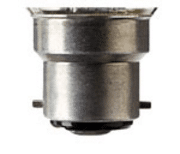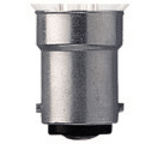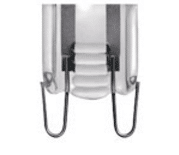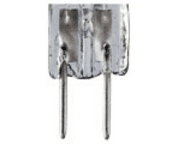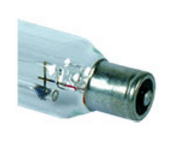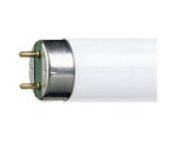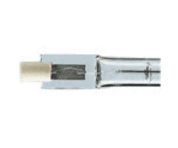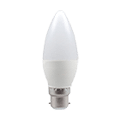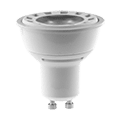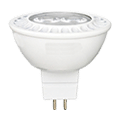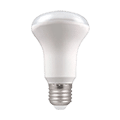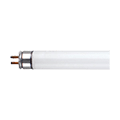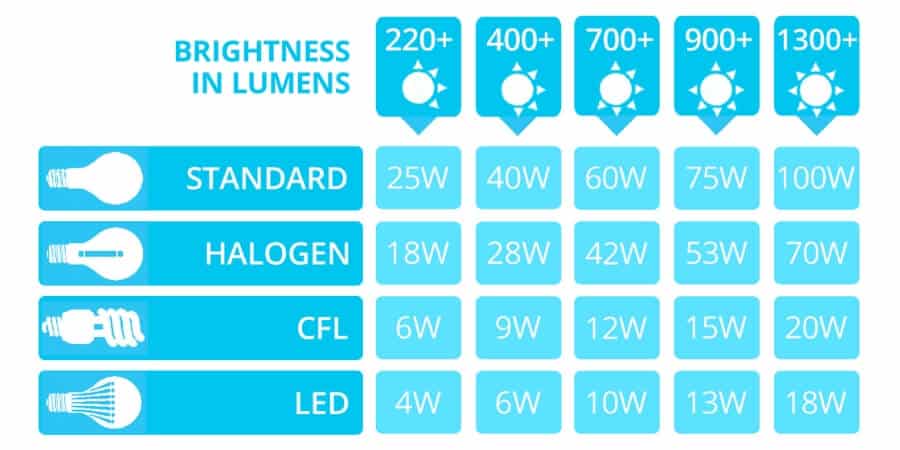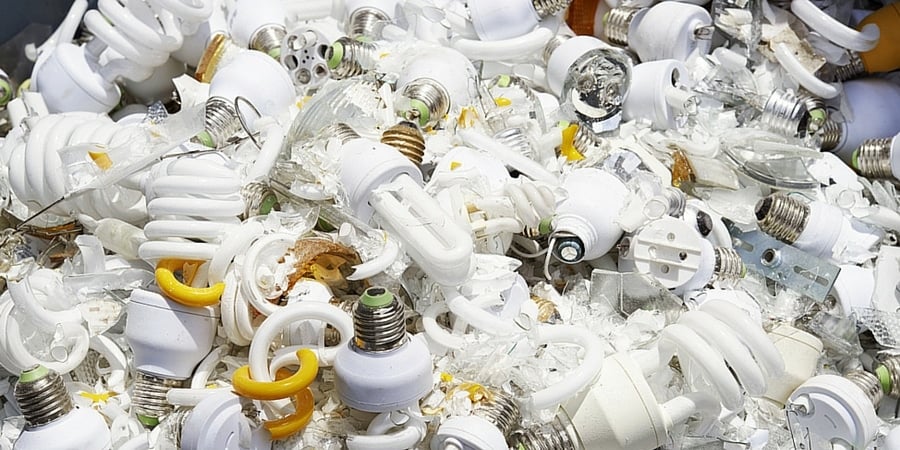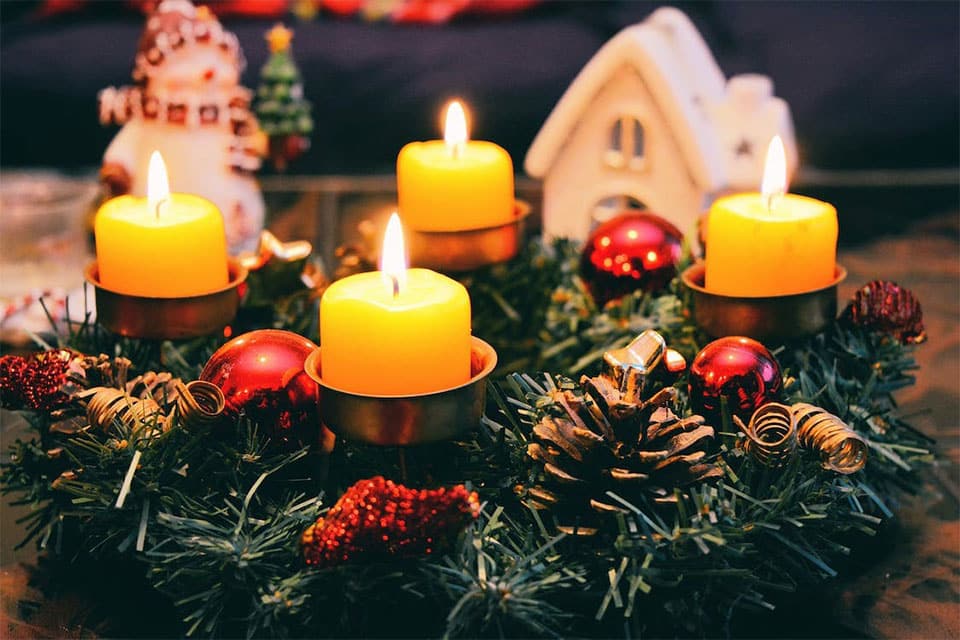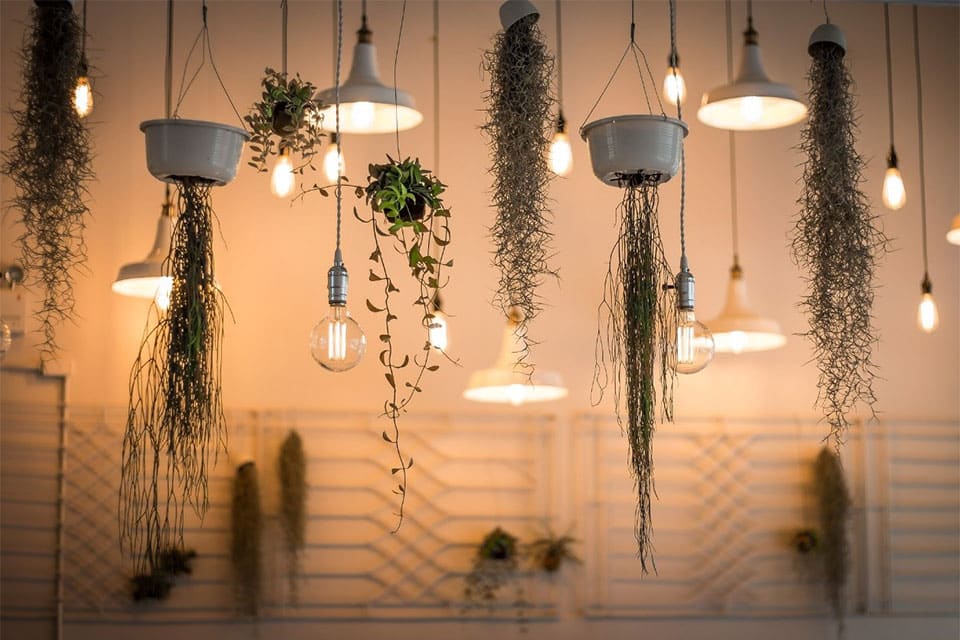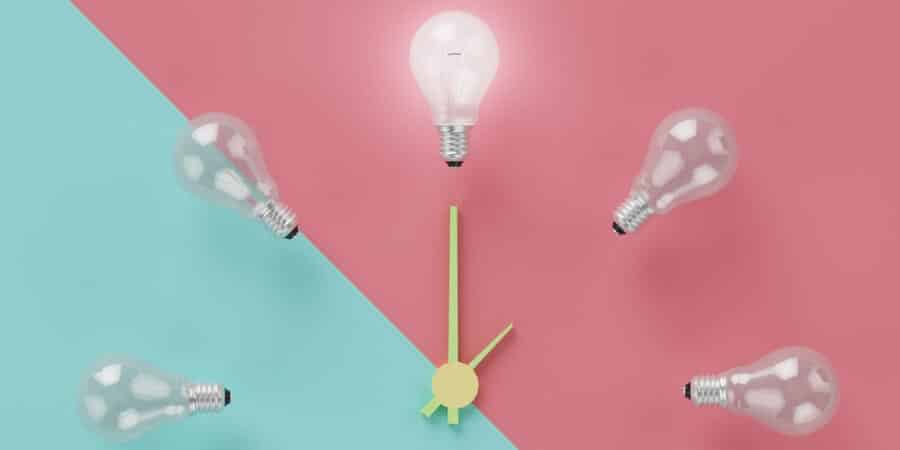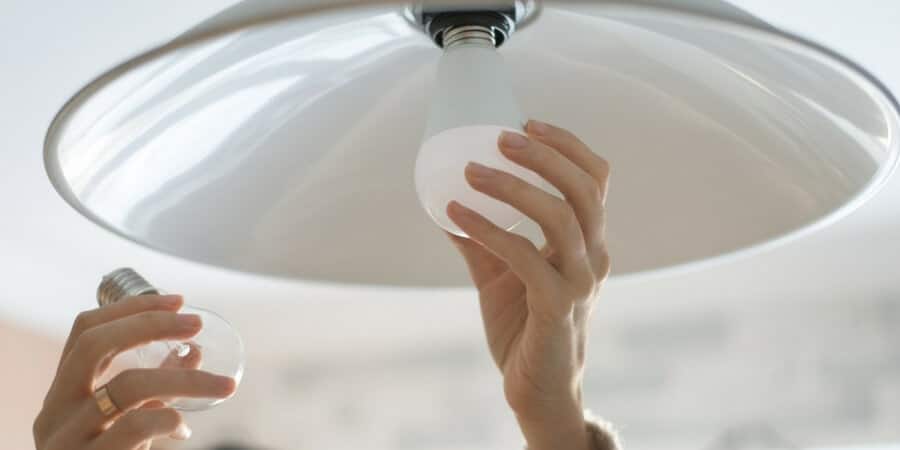LEDs offer several advantages over traditional light bulbs, building on the best parts of their predecessors while leaving their inefficiencies behind. Here’s what LEDs have to offer and what makes them so beneficial:
1. Long life
The components of an LED and the way that they generate light significantly extend the lifespan of these bulbs. Where other bulbs’ lifespans are shortened through both proper and improper usage, the LED bulb’s low heat levels, durability, and energy efficiency make it possible for it to outlast other types of bulbs by thousands of hours.
|
|||||
|---|---|---|---|---|---|
| Incandescent | Fluorescent | CFL | Halogen | LED | |
| Typical Range (Hours) | 750-2,000 | 24,000-36,000 | 8,000-20,000 | 2,000-4,000 | 35,000-50,000 |
Typically, the important parts of a light bulb, such as the filament, weaken over time, which causes the bulb to burn out. But LEDs don’t burn out the same way that other bulbs do; instead, the amount of light they produce decreases gradually in what is called “lumen depreciation”. The lifetime of an LED bulb is based on how long it takes for the lumen output of the bulb to decrease to 30%, so it will likely last longer than the average rated lifetime hour listed on the box if you don’t mind or don’t notice the decreased illumination.
Certain cheaper LED bulbs will only last about 5,000 hours, which is still 4,000 – 3,000 hours longer than the average rated lifespan of an incandescent, but many branded bulbs are rated for over 25,000 hours.
2. Energy efficiency
Because of their high lumen output per watt, LEDs are capable of turning about 70% of their energy into light. This makes them much more efficient than other bulbs, which waste a lot of energy by turning it into heat. It only takes a 6 watt LED bulb to produce the amount of light that a 40-watt incandescent does, and their lower temperature also makes them safer to operate. In comparison, incandescent bulbs can get so hot that they should be kept out of reach of children who might burn themselves, and they have also been known to cause fires if they accidentally come into contact with flammable materials, such as curtain fabric.
LIGHTING FACT: In November 1992, Windsor Castle burned for nine hours after a painter left a 1,000-watt halogen bulb on near a set of heavy curtains, causing them to catch fire. More than 100 rooms were damaged and it cost £36.5 million to repair.Replacing a single 60 watt light bulb with an LED results in a reduction of approximately 160kg of CO2 emissions per year. If you replaced 10 lamps in your home with LEDs, that would represent a reduction of 1599 kg CO2 emissions annually.
3. High brightness and intensity
LEDs are capable of emitting an extremely high level of brightness. That’s why wattage is no longer a viable measurement of brightness – instead, look at a bulb’s lumen output when you’re making the switch to LEDs or other energy-efficient lighting. Take a look at how LEDs compare to incandescent and CFL bulbs:
|
|||
|---|---|---|---|
| Type | Incandescent | CFL | LED |
| Lumens | 450 | 2,400 | 4,000 |
CHECK OUT OUR LUMENS TO WATTS CONVERSION CHART
4. Exceptional colour range
Incandescent bulbs require gels or filters to create different colours and shades of light. On the other hand, LEDs offer a wide range of colours and colour temperatures without the use of gels or filters, which can burn out or fade over time. With LEDs, it is the actual diode (or its phosphorus coating) that is changed to alter the colour of the emitted light, so you can trust that it will stay the same shade until the end of its lifespan.
LEARN MORE ABOUT COLOUR TEMPERATURE
5. Low radiated heat
While an incandescent bulb operates by heating its filament to a temperature that produces light, an LED bulb emits electromagnetic energy as light when electrified. By turning energy into light instead of heat (rather than using heat to generate light), LEDs are able to operate at a significantly lower temperature than other types of light bulbs.
What little heat LEDs do generate is dissipated by a special heat sink, which is designed to absorb any heat and disperse it safely away from the diodes. While the actual fixture or base can feel warm to the touch, LEDs themselves don’t emit infrared radiation in their beam, meaning there is no warmth to it. This makes them optimal for use in heat-sensitive areas, such as displaying artwork because they won’t cause fading or other heat damage to paints or dyes.
PRO TIP: LEDs run cool, but because of the way they dispel the heat they do generate, some designs should not be kept in enclosed spaces as this will cause the bulb to degrade and shorten its lifespan. Always make sure to check the packaging or product specifications for instructions on where a bulb should or should not be used.6. Reliability
LEDs are a very durable and reliable form of lighting – they can operate safely in colder temperatures, and can withstand more impact and vibration than other light bulbs because they have no filaments or other fragile parts. This stability makes them ideal for use in areas that will be subject to temperature fluctuations, inclement weather, and jostling, such as outdoors or in ceiling fan fixtures.
7. Instantaneous illumination
Does this sound familiar? You turn on a light to look for something, but you have to wait a few moments before you can see anything, or you’ve already found it before the bulb has even reached its maximum light output. Unlike CFLs, which take a few moments to warm up, LEDs operate at full brightness from the moment you flip the switch.
8. Directional lighting
By design, LEDs emit their light in one direction rather than all around. This helps reduce energy consumption because no light is wasted or trapped within reflectors and diffusers, which can keep over half the generated light from exiting the bulb. The directional nature of their output makes LEDs ideal for applications such as task lighting and recessed downlights.
Read More
Find answers to all your questions about LEDs in the rest of our Ultimate Guide to LED Lights:
Part 1: What is an LED and How Do LEDs Work?
Part 2: Advantages of LEDs (you’re here!)
Part 3: LEDs vs. Traditional Incandescent Lights
Part 4: Switching to LEDs in 5 Steps
Part 5: How to Buy LEDs
Part 6: History of LEDs
Part 7: Advanced Features


